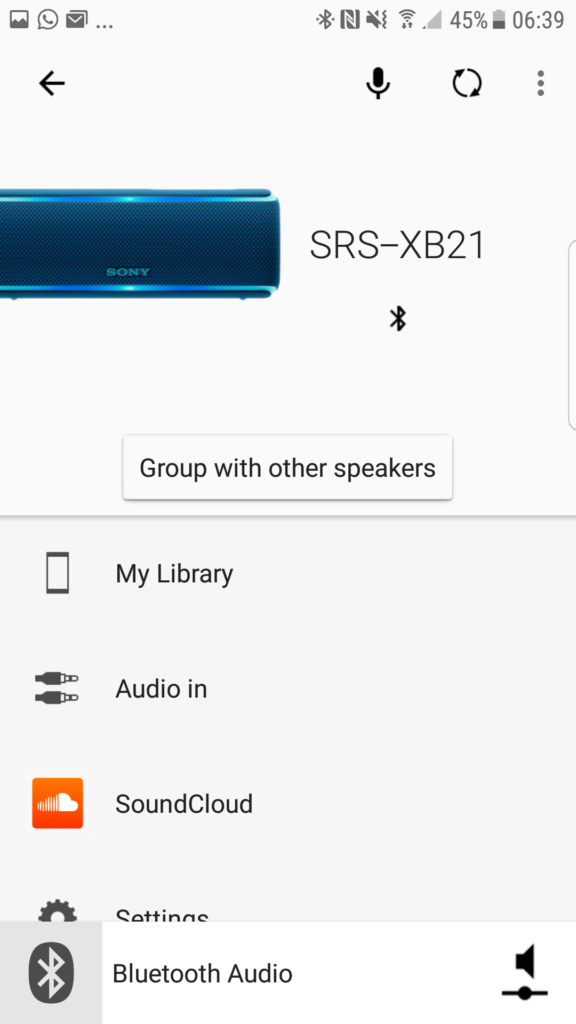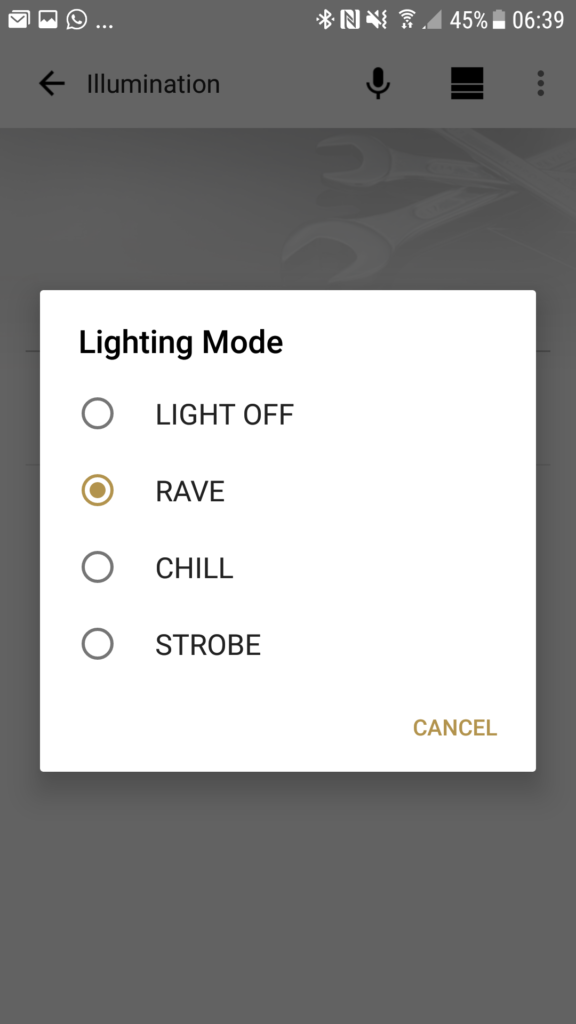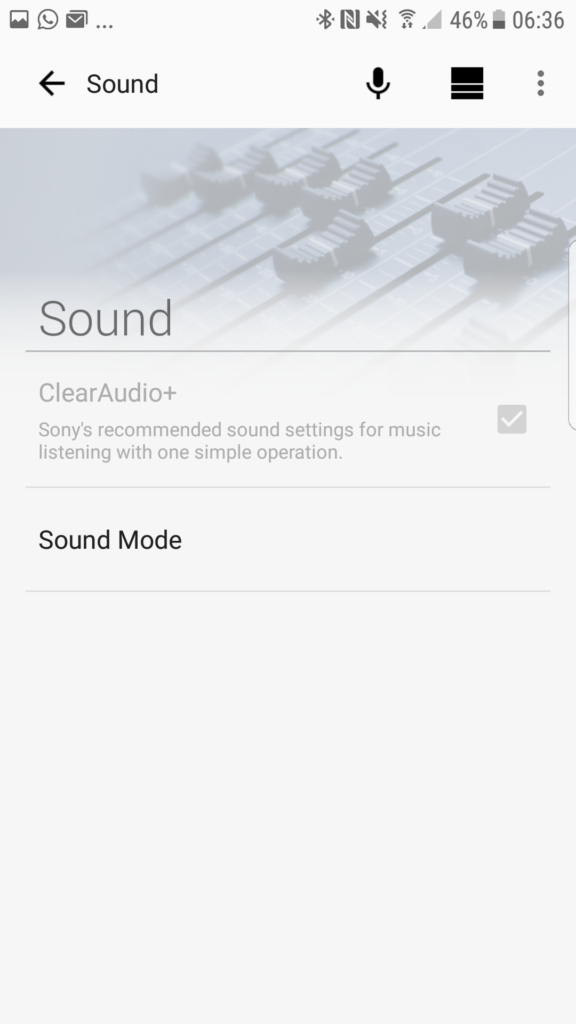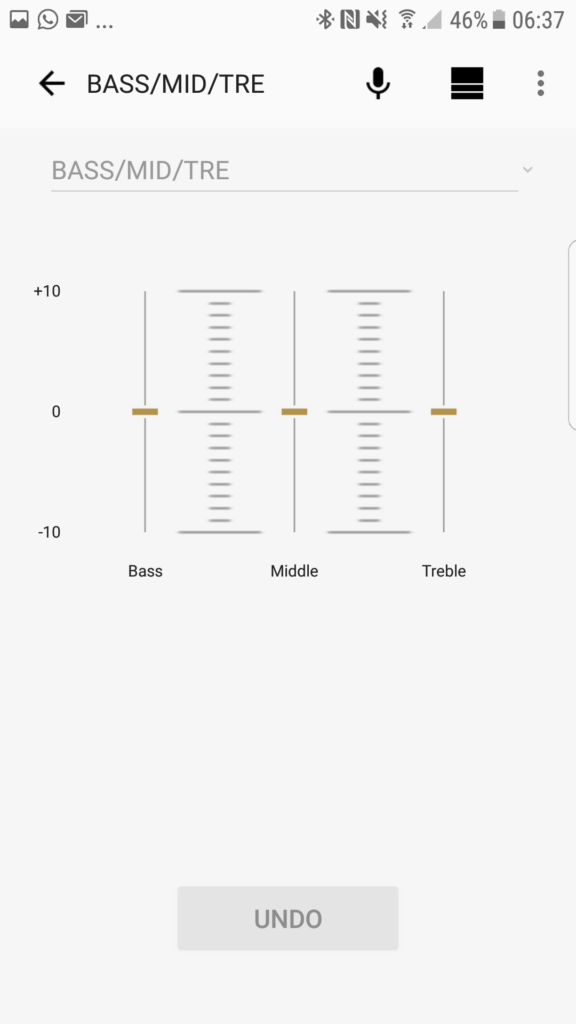
Specs
- Frequency response: 20 – 20kHz
- Supported Codecs: SBC, AAC, LDAC
- Speaker type: Full range
- Weight: 530g
- Battery-life : up to 12 hours
- Water protection : IP67
Packaging

The XB21 comes in a pretty standard albeit full-colour box. We get a few images of the product itself along with bold text to ensure that you’re well aware of the fact that it’s part of Sony’s Extra Bass line of products. The product’s main features are also showcased rather well, namely the IP67 water-proof rating, the 12-hour battery life, and the couple of connectivity features which allows you to connect multiple products wirelessly to each other…but we’ll get more into that later on.
What’s In The Box?
- Sony SRS-XB21
- Micro-USB charging cable
- Quick start guide
Accessories

There really isn’t anything other than the charging cable included with the XB21. But then again, we are talking about a $100 speaker, so we also shouldn’t really expect to get anything more than the essentials, which is just a charging cable. It would’ve been nice to get some sort of storage/carrying pouch or bag though.
Design


The design of the XB21’s isn’t anything particularly ground-breaking, but it is somewhat interesting nonetheless. The first thing that strikes you is that the design seems to revolve around some sort of meshed-metal. However, this exterior design is in fact made out of nylon thread rather than metal. Personally, I think this is pretty clever, as it really gives the speaker a pretty rugged look, but without the added weight that would accompany a metal exterior. But, of course, a concern here would be with regards to just how well these threads would hold up to the effects of daily usage and other wear and tear factors. Would they start fraying in a few short weeks or would they hold up over time? That’s something that will unfortunately only become clear with extended usage.

Along the top we can see a little NFC logo which is where you’d tap an NFC-capable device for easy pairing. Then we also get a few buttons which are used for various functions such as turning the device on, enabling Bluetooth pairing, adjusting the volume, answering or ending incoming calls, and of course there’s a play/pause button too.

Then, on the rear is a rubberized flap which covers a few more buttons and ports. Here we have the micro-USB charging port as well as a regular 3.5mm analogue line-in port. There’s also a small reset button in case something goes a little funky and you need to reboot the speaker.Additionally, there are 3 buttons that allow you to access or adjust a few key features. The first button, starting from the top, allows you to enable or disable the lighting effects as well as giving you a voice prompt of the estimated battery level remaining.
The middle button is labelled WPC which is short for Wireless Party Chain. Basically, this works similarly to the WPS function on other wireless devices. If you press this button on 2 or more compatible Sony speakers, they will link up with one another automatically. But we’ll delve into this feature in more depth later on.
The final button is labelled as ADD. This will essentially work in the same manner as the WPC feature, meaning that you’d press this button on 2 compatible devices and they’ll link up with one another. However, this function is somewhat different to the WPC function, and we’ll explain what the differences are shortly.

The last design-element is the inclusion of 2 LED lights which are used to give a few lighting effects. This is similar in design to what you’d get on the bigger XB31 and XB41 speakers, but the lighting effects are more simplistic on the XB21.
Features
If there’s one thing we can always say about Sony’s devices, then it’s that they’re usually pretty packed with features. Sure, some of them are perhaps a bit gimmicky, but Sony really does at least try to squeeze some extra value into their products.
In the Case of the XB21 we do get a few novelty features, but also some pretty useful ones.
Let’s first talk about that Wireless Party Chain feature. As mentioned, what this allows you to do is to link together up to 100 compatible Sony speakers. What happens is that all speakers will then play the music at the same time which essentially means that you’re able to put together an enormous system, or at least it would have more punch than just a single speaker.
The other feature is similar to the WPC, but works slightly differently. This is called a Left and Right connection, which, as the name suggests, allows you to connect 2 speakers to each other but then the audio will be split into left and right channels. Each speaker on its own has left and right channels, but by being able to connect 2 speakers to each other wirelessly and then physically being able to sperate the left and right channels further from each other will allow you to get a wider and more realistic stereo image, along with giving you more punchy overall sound system. Of course, this will work best with 2 identical speakers. If you use 2 different types of speakers the you’ll end up with some channel imbalance and whatnot, and that’ll just lead to a wonky stereo image..which pretty much defeats the point of this feature.
Another feature is what Sony calls Party Booster. This feature is enabled by pressing the volume up and down buttons simultaneously for 3 seconds. When this function is enabled the speaker will produce specific sound effects depending on where you tap the the device. This could probably turn out to be a fun little feature if you’ve got a group of people and a couple of compatible Sony speakers all linked up to one another. But, for the most part, this is one of those gimmicks that you’re unlikely to use very often.


The last feature to mention comes in the form of Sony’s Music Centre app. From within this app you can change various settings such as the lighting effects and sound modes.
For the lighting effects, or Illumination as Sony calls it, we’ve got the option to turn the lights off completely, or to select between the Rave, Chill, or Strobe effects.


For the Sound settings we can enable Sony’s recommended ClearAudio+ sound setting, or we can opt for a few other presets including Live Sound. What Live Sound attempts to do is to artificially widen the stereo image, giving you somewhat of the illusion of a bigger speaker. But we’ll get into how effective this is when we discuss the sound.

There’s also the option to manually adjust and apply an EQ curve. It’s a pretty simplistic EQ at best, giving you just 3 bands to work with and so allowing you only to only make broad changes within the bass, mid, and treble regions. There’s no fine tuning here, unfortunately.
Sound
Of the most recent additions to Sony’s Extra Bass line of portable speakers, the XB21 is the smallest. As such, this is probably the most portable-orientated device, at least in terms of convenience. Of course, one shouldn’t expect an impressive bass response from such a small speaker, despite the Extra Bass moniker.
Whilst the XB21 can definitely get quite loud, it’s never going to be a powerful-sounding speaker. You can definitely tell that Sony has been tinkering with the digital signal processing to try and extract as much bass response as you could expect from such relatively small drivers, but in the end physics won.
To get deep, power bass, you need to be able to move a decent amount of air, and for that you’d need larger drivers.
That’s not to say that the XB21 can’t sound good, though. In fact, although it seems to have somewhat of a more mid-centric sound, it’s still very pleasant to listen to in something like an office environment. Of course it’ll still work outdoors, at the pool, at beach, or whatever, just don’t expect to have a “wow” sound.
The standard sound mode does sound a bit hollow, whereas switching over to the Clear+ mode livens things up a decent amount. However, whilst the Clear+ sound does add a bit of excitement, it is still a v-shaped signature, and so the mids still do come across a bit recessed as a result.
Then there’s also the Live mode which does serve to widen the stereo image, but as a side effect the high frequencies become far more prominent than the rest of the spectrum.
To get the best sound I can’t recommend enough that you skip the Bluetooth connection and opt for a wired connection instead. Doing this proved to get a noticeably more full and balanced sound signature, one which extracted an extra spoonful of bass too.
Value
In terms of overall value I’d say that the XB21 is nearly on par with the middle-child of Sony’s recent Extra Bass portable speakers – the XB31.
Yes, the XB31 does sound objectively better in my opinion, but the XB21 still offers a reasonably balanced sound within the midrange and treble region. What really helps to add to the value is that Sony has managed to pack in very nearly all of the features of both the XB31 and XB41 into the XB21.
The more compact nature of the XB21 does make it more portable friendly and so it’s perfectly suited as being a more “personal” audio product, rather than the more meaty sound of the XB31 and XB41 which is better suited for social settings.

